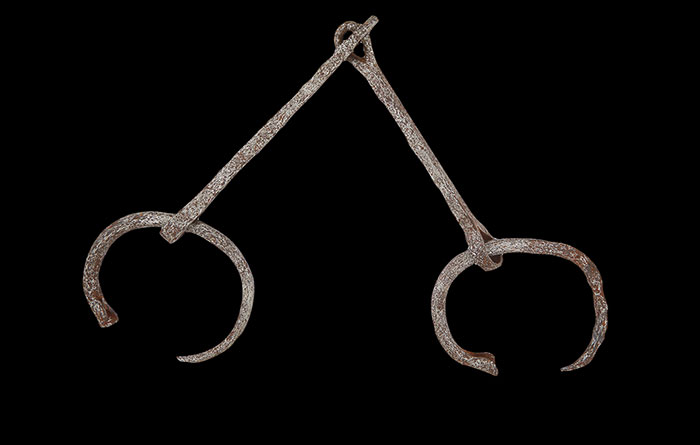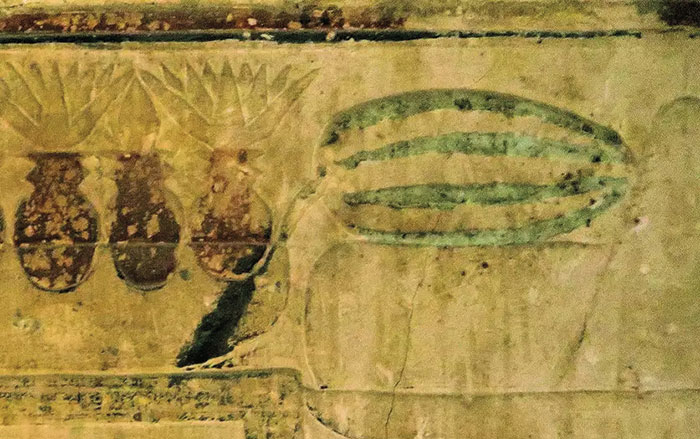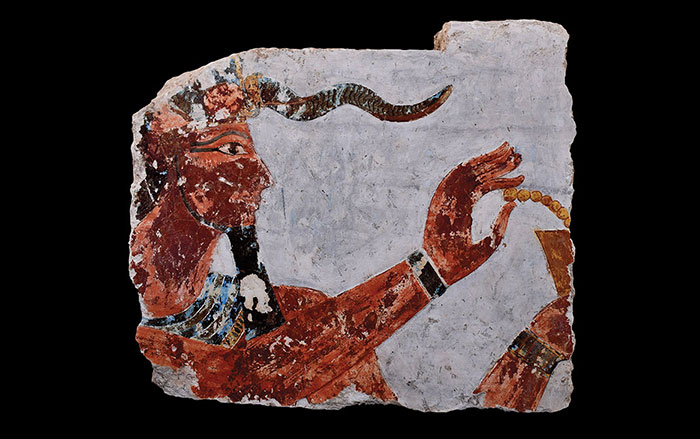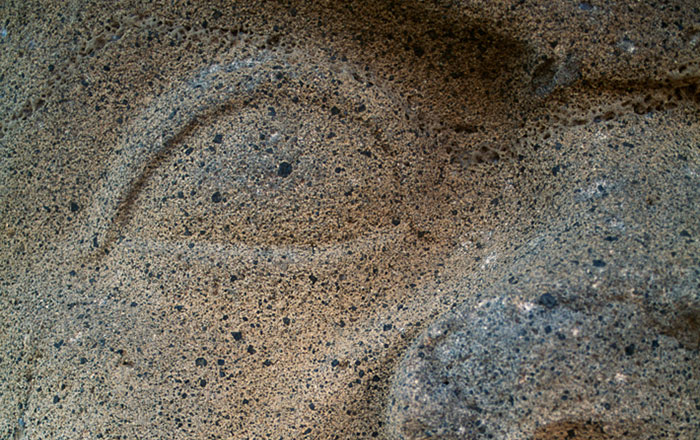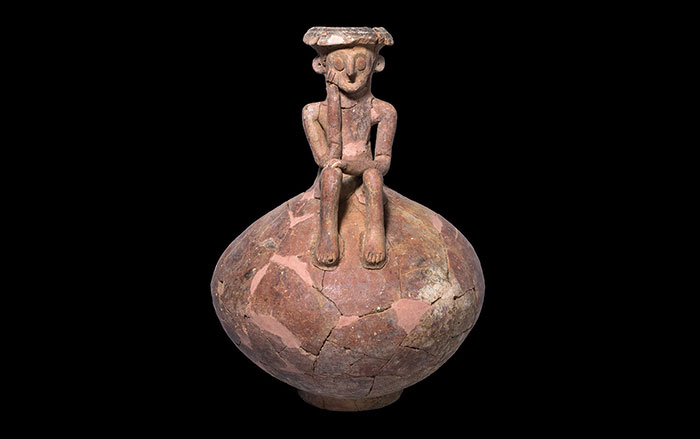
TÜBINGEN, GERMANY—According to a report in Wired UK, an international team of scientists has analyzed ancient Egyptian nuclear DNA obtained from mummies interred at the archaeological site of Abusir el-Meleq, located in Middle Egypt. It had been thought that DNA would be degraded by Egypt’s hot and humid climate and the chemicals used during the mummification process. The samples, taken from bones and tissues after their surfaces had been removed, and from tooth pulp, were collected in a clean room at the University of Tübingen and UV irradiated to reduce contamination. Reliable samples were obtained from 90 individuals, and the entire nuclear genomes of three individuals were mapped. The results suggest that the ancient Egyptians were related to ancient populations in the Near East, and Neolithic populations from Anatolia and Europe. And, when compared with the genomes of modern Egyptian populations, the data suggests there has been an increase in Sub-Saharan African gene flow into Egypt over the past 1,500 years, according to Stephan Schiffels of the Max Planck Institute for the Science of Human History. For more on the study of ancient DNA, go to “Worlds Within Us.”


